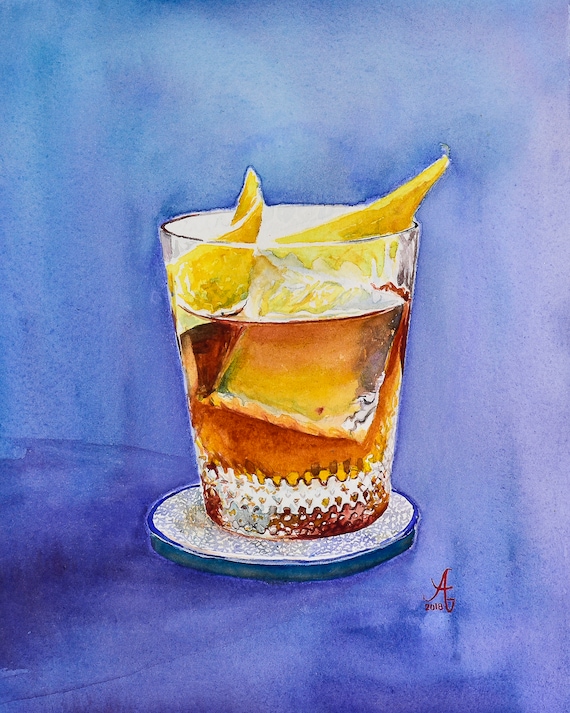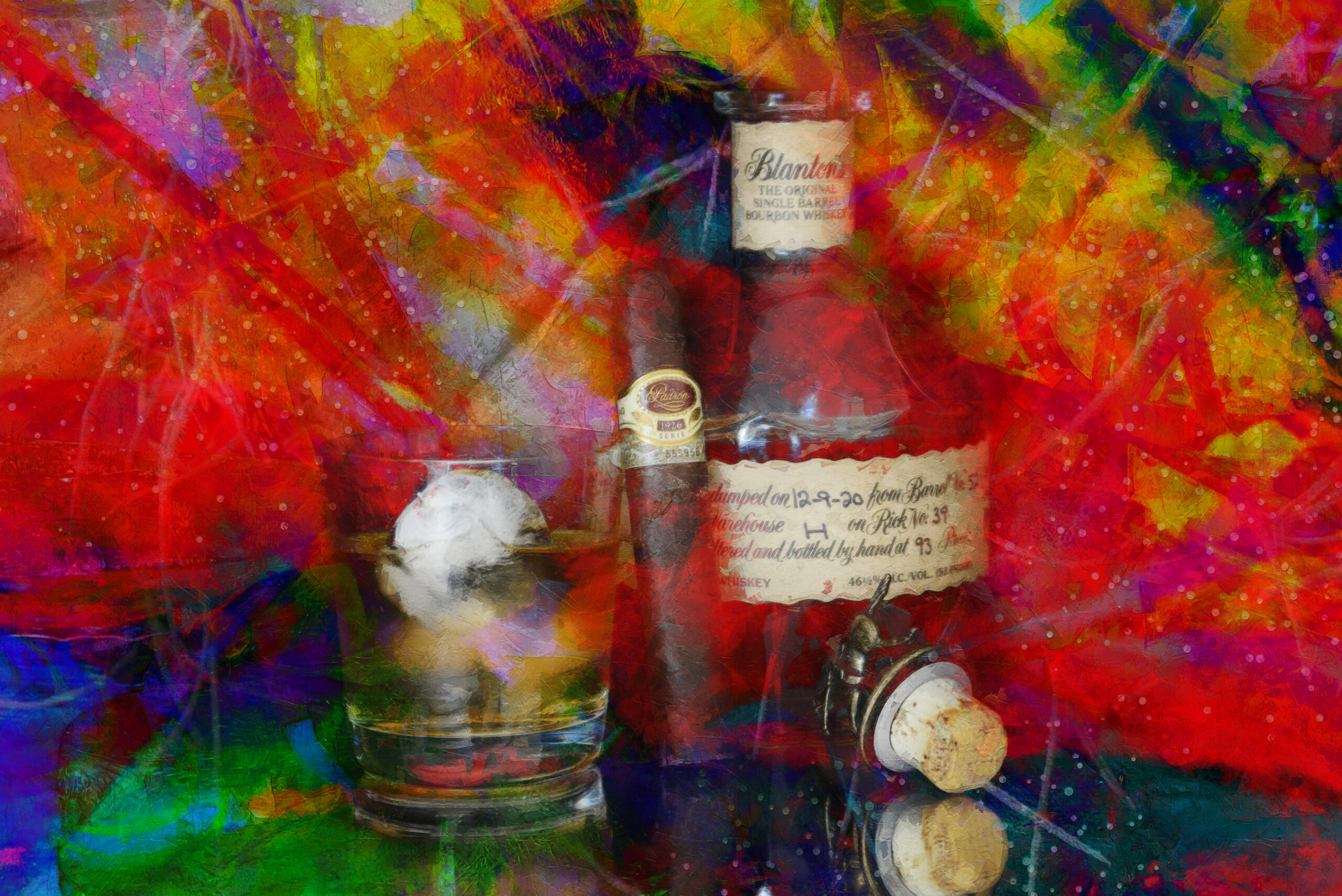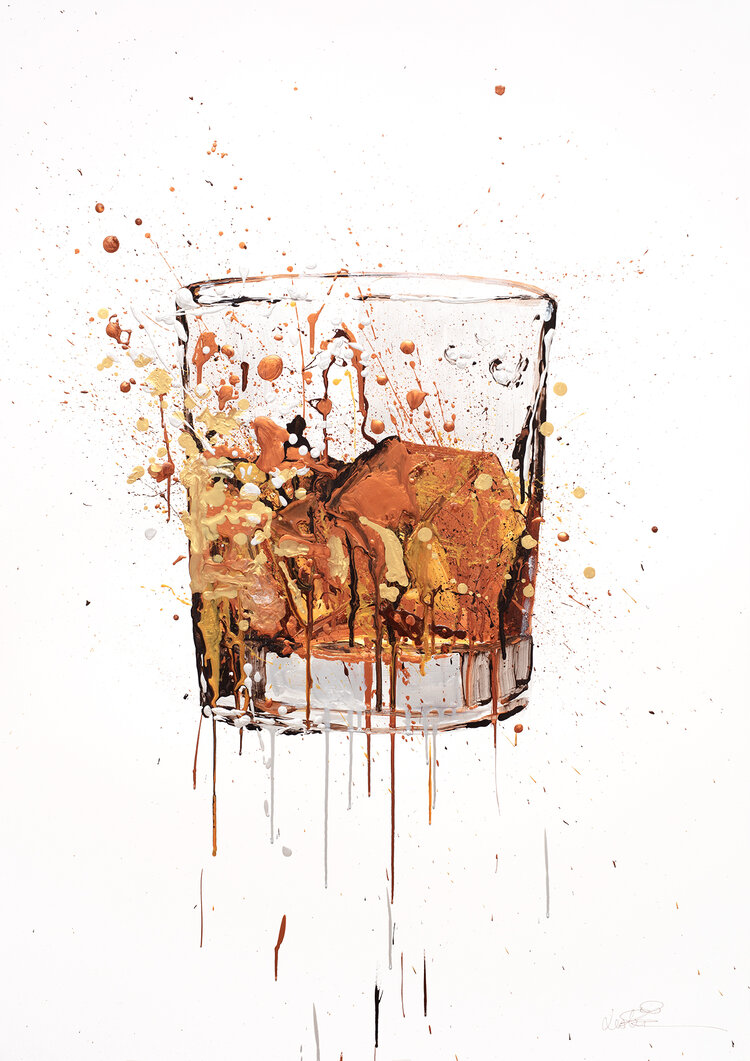The Attraction of Realism Art: A Deep Study Whiskey's Rich Heritage
The Significance of Whiskey Art in Celebrating Heritage and Craftsmanship in the Beverage Sector
The complex relationship in between whiskey art and the celebration of heritage and craftsmanship within the drink industry can not be overstated. Via attentively made labels and containers, whiskey brand names envelop their historical origins and the artisanal skills that specify their manufacturing techniques. This creative dimension not just improves market allure yet likewise works as a channel for cultural storytelling, fostering a much deeper link in between the craft and the consumer. As we explore the numerous facets of this subject, fascinating questions about the effect of contemporary fads on typical practices develop, motivating additional assessment.
The Historical Origins of Whiskey
At the heart of bourbon's attraction exists a rich tapestry of historical origins that map back to old civilizations. The beginnings of scotch can be linked to the purification techniques of the Sumerians and Babylonians around 2000 BCE, where early forms of fermented grain drinks started to emerge. Nevertheless, it was in the Center Ages that the art of distillation evolved substantially, specifically in Ireland and Scotland, leading to the production of bourbon as we recognize it today.
The term "bourbon" itself stems from the Gaelic word "uisce beatha," indicating "water of life." This phrase highlights the social significance of whiskey in Celtic cultures, where it was commonly linked with rituals, parties, and public bonding. By the 15th century, purification ended up being an identified craft within monastic neighborhoods, paving the method for the facility of lawful distilleries.
As profession courses increased, bourbon's popularity grew, transcending regional limits and catching the interest of lovers worldwide. Realism Art. This historic journey mirrors not just the workmanship behind whiskey production yet likewise its integral duty in cultural and social contexts, noting it as a substantial drink throughout background
Artistic Expression in Branding
Bourbon branding stands as an engaging junction of creativity and commerce, where aesthetic identification plays an essential duty in forming consumer assumption. The aesthetic appeals of scotch labels, product packaging, and advertising materials mirror not just the brand name's tale however additionally its core values and heritage. With imaginative expression, distilleries communicate a story that resonates with consumers, stimulating emotions and stimulating links.
Making use of shade, typography, and images in branding offers to separate products in a saturated market. Standard motifs may stimulate a sense of authenticity and craftsmanship, while modern layouts can represent development and forward-thinking. This tactical creative instructions enhances brand recognition and commitment, allowing customers to create a personal partnership with the whiskey they pick.
Moreover, imaginative expression in branding typically acts as a celebration of local heritage. Distilleries regularly integrate neighborhood icons or historical referrals into their styles, creating a local color that invites consumers to take part in a wider social experience. Inevitably, the creativity behind scotch branding not only improves visual appeal however likewise enhances the general narrative of the brand name, promoting a deeper recognition for the craftsmanship and heritage embedded in each container.
Workmanship in Container Style
The artistry evident in bourbon branding expands past aesthetic identity to encompass the workmanship included in bottle layout. Each bottle works as a vessel not just for the spirit within, but additionally for the story it outlines its tradition, top quality, and beginning. The style process calls for precise focus to information, as components such as material, form, and closure add substantially to the overall assumption of the whiskey.
Craftsmanship in bottle layout entails choosing high-grade glass that can boost the bourbon's color and clarity, while also giving a responsive experience for the customer. The shape of the container have to be both cosmetically enticing and useful, usually mirroring the heritage of the brand. Lots of distilleries go with distinct forms or embossed logo designs that evoke a sense of credibility and history.
Moreover, the label layout and typography play a critical duty try this website in interacting the brand's narrative. Realism Art. A well-crafted bottle not just captivates the consumer's eye yet also reinforces the brand's dedication to quality and practice. In this method, the workmanship of container layout ends up being an important element of the scotch experience, merging virtuosity with an extensive respect for heritage
Cultural Importance of Bourbon Art
Commemorating tradition and workmanship, the social relevance of whiskey art transcends simple visual appeals, intertwining with the historic and social stories of the regions where it stems. Each container serves as a canvas, showing the distinct tales, mythology, and traditions that have actually shaped local whiskey-making methods. The intricate designs usually mirror the heritage of the distillers, incorporating icons and concepts that resonate with the society and worths of their neighborhoods.

On top of that, whiskey art plays a vital role in common events and events, functioning as a concrete link between people and their shared experiences. By valuing the creativity in scotch product packaging, customers cultivate a much deeper understanding and respect for the craft, ultimately improving their enjoyment of the drink itself.
Modern Trends in Scotch Presentation
Over the last few years, the presentation of whiskey has actually developed read to reflect modern preferences and trends while still honoring traditional craftsmanship - Bourbon Art. Distilleries are increasingly concentrating on aesthetic components that boost the overall drinking experience, bridging the space between heritage and modernity
Cutting-edge container layouts have actually arised, frequently including sustainable materials and artistic labels that tell engaging stories. Many brand names now team up with neighborhood artists, infusing their items with special aesthetic expressions that resonate with customers. Furthermore, limited-edition launches are frequently packaged in collectible containers, adding value and appeal for aficionados.

Conclusion
In final thought, whiskey art acts as a crucial conduit for expressing the heritage and workmanship fundamental in the beverage market. With complex branding, cutting-edge bottle layouts, and culturally significant creative aspects, bourbon brands successfully recognize their customs and attach with customers. This creative story not only raises the admiration of whiskey yet likewise reinforces area identification and pride among producers. Eventually, whiskey art plays a crucial role in preserving and celebrating the rich cultural tapestry of whiskey-making.


Craftsmanship in bottle layout involves picking high-quality glass that can enhance the bourbon's color and clearness, while additionally supplying a responsive experience for the consumer. In this means, the workmanship of bottle layout comes to visit the site be an essential aspect of the whiskey experience, merging artistry with an extensive regard for heritage.
In conclusion, bourbon art offers as a vital channel for sharing the heritage and craftsmanship integral in the drink sector.